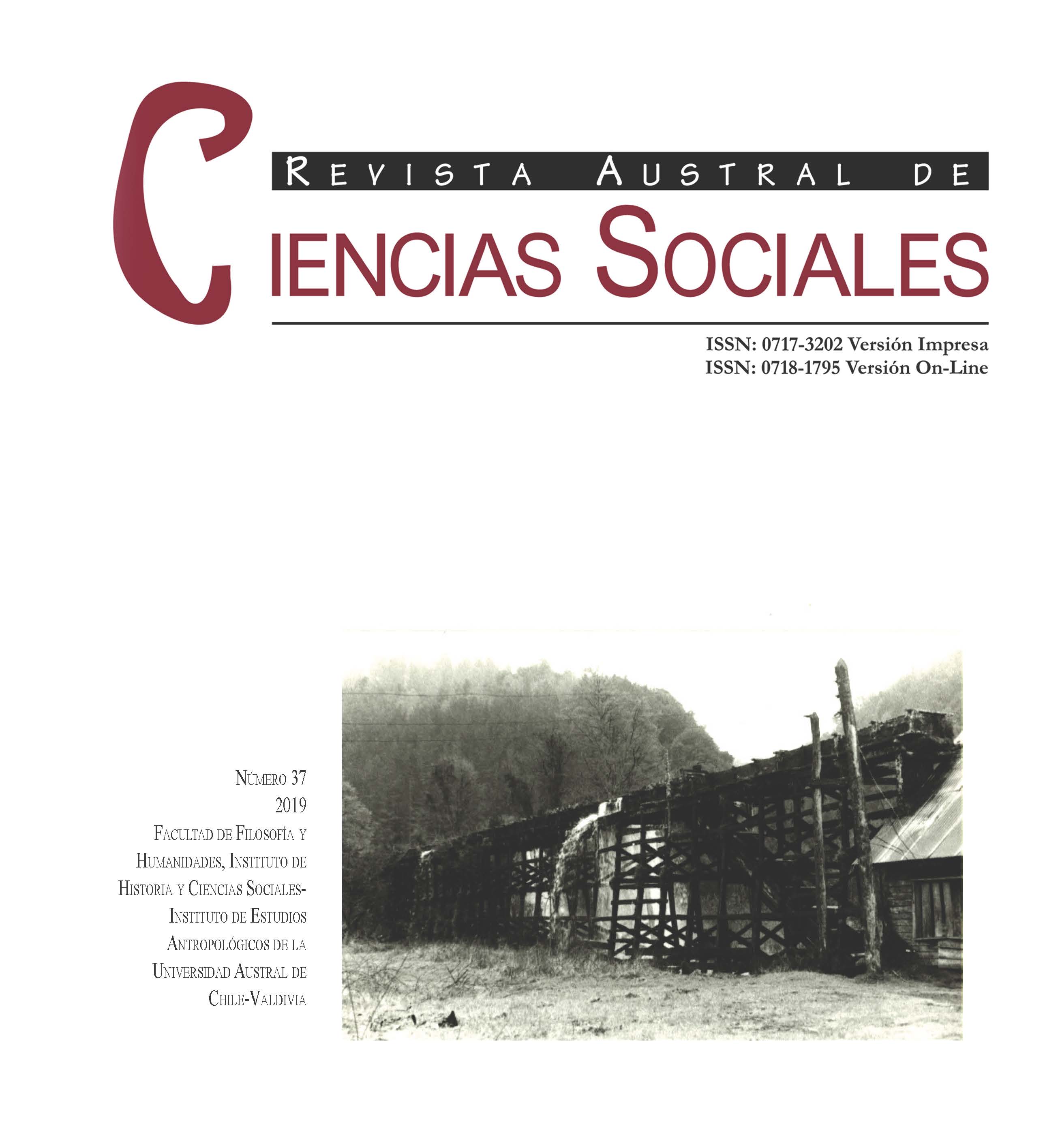Violencia, espacio y vida cotidiana en la guerra mexicana contra las drogas: un análisis de Tijuana
Contenido principal del artículo
Resumen
La espacialidad de la Guerra contra las drogas en México ha sido escasamente estudiada. Bajo ese supuesto el autor de este artículo propone una ruta analítica para examinar el modo en que el espacio urbano en la ciudad fronteriza de Tijuana ha sido re-significado y recompuesto bajo su representación como un sitio inseguro, violento y peligroso en el contexto de la estrategia antinarcóticos mexicana. Dicha re-presentación coincide con la expansión urbana y demográfica de la ciudad, así como con su inserción en los circuitos continentales de distribución de drogas. Tras inspeccionar esos procesos y sus efectos sobre la economía simbólica de la ciudad, el artículo indaga las consecuencias que esto ha tenido sobre la elaboración de las identidades políticas de sus residentes. Determinando formas de vulnerabilidad extrema de los habitantes de Tijuana, la Guerra contra las drogas ha organizado, sobre todo, un espacio en que el ejercicio de formas de violencia ilimitadas es constante y dentro del cual la vida política de la ciudad ha sido reducida al máximo, con graves consecuencias para el ejercicio de los derechos de sus habitantes.

